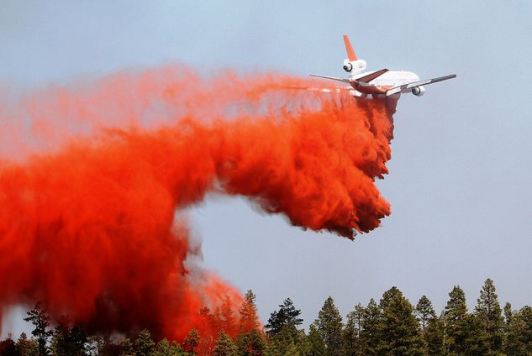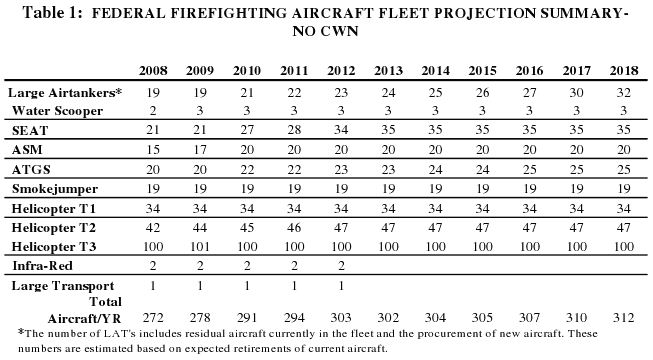Since the Santa Maria air tanker base northwest of Santa Barbara was downgraded by the Los Padres National Forest on March 19, 2009 from a full-time to a Call When Needed base, some fire chiefs in the area have been lobbying the U. S. Forest Service to reverse that decision. We have written about this issue several times, but it is in the news again, as even more fire chiefs have gotten involved. Here is an excerpt from an article in the Santa Barbara Independent:
Chiefs Demand Fire Support
Want Full Service Restored at Santa Maria Air Tanker Base
Thursday, September 15, 2011
by NICK WELSH
Just two days after the 10th anniversary of 9/11, the fire chiefs of Santa Barbara County let loose the opening shot of what’s been a long-simmering campaign to pressure the U.S. Forest Service to restore “full-service” status to the Santa Maria Air Tanker Base, as opposed to the “call when needed” designation the base has had for the past two years. Santa Barbara City Fire Chief Andy DiMizio — accompanied by Montecito Fire Chief Kevin Wallace and Operations Chief Terry McElwee — showed up at Santa Barbara City Hall to ask the council to sign a ceremonial letter expressing their support for the fire chiefs in a battle of political will with the Forest Service. While the chiefs wore the brass, it was former county supervisor — and longtime rancher — Willy Chamberlin who held the floor, urging the councilmembers to hang tough and “not weaken.” Chamberlin introduced himself as a “self-appointed bird dog” when it came to air-tanker readiness, but his remarks to the council were relatively tame compared to comments he made in the hallways outside the council chambers. There, Chamberlin blistered the Forest Service for downgrading the status of the Santa Maria Air Tanker Base in 2009. Not only has the loss of a full-service base cost the federal government money, he said, it put county residents at greater peril in the face of wildland fires. Had the tanker base remained at full service, Chamberlin insisted that the Jesusita Fire of 2009 — which destroyed 80 homes — might well have been contained early on. “I’m not saying it would have stopped that fire,” Chamberlin said, “but it would most definitely have been a very different fire.” The chiefs, standing next to him, nodded in assent.
Thanks go out to Dick







